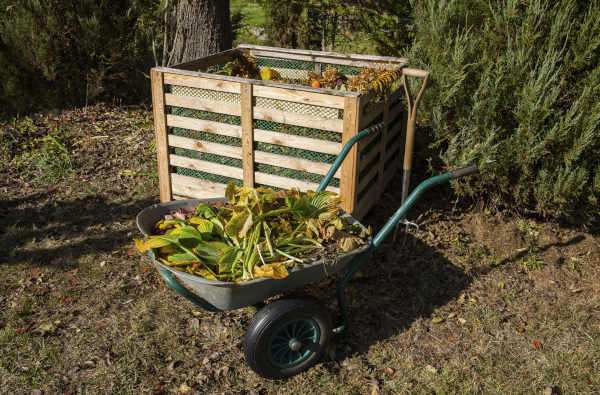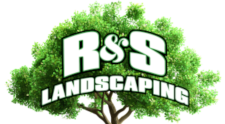How to Start Composting for Your Lawn and Garden

Consider starting a garden? You might not know much about composting, or perhaps you’re just unclear about how and where to get started.
Composting is no more than a simple project when you understand the fundamentals and will only replenish your dirt with the vital nutrients it will need to support your garden to thrive.
The water, air, carbon & nitrogen are the key components for a successful compost. Carbon for a compost pile is generally supplied by adding dry/brown ingredients like sawdust, dead leaves, bark and branches.
Green/wet materials such as vegetable and fruit scraps, grass clippings and coffee grounds supplement nitrogen. Try to have about equal parts dry and wet in your compost. No meat, nor dairy or bread should be added because it will attract pests that might come with no invitation.
Choose your Location and Container Type
The first step in creating your compost pile is selecting your location and the type of container you may use. A shady grassy spot in a bottomless container would be best, so that the compost is in contact with the ground. Keep the mix moist and aerate roughly every week. Cut larger ingredients into smaller pieces for faster digestion, and avoid processed food.
It’s time for your compost when it’s dark brown, warm to the touch and has an earthy smell. Do not plant in compost alone; mix some with the soil.
Benefits of Using Compost for Your Lawn and Garden
Composting will definitely help you get a better yield with your garden. Compost deters pests and moisture and adds nutrients to the soil so plants can grow. Another underappreciated advantage is that it keeps organic matter out of landfills. Turning waste in to compost improves environmental health!
Find out much more about what composting can do for your home’s lawn or garden! Here is what the Environmental Protection Agency writes the advantages and benefits of compost.
Test Your Soil
If you compost already, but your garden isn’t thriving you might need to test your soil. It’s a simple test, but it can tell you which components are missing. DIY tests are cheap, but they just indicate how acidic the soil is. Soil testing is a science, and to identify exactly what you need for your soil, you’ll want a qualified professional to conduct the test and interpret the findings.
Home soil testing cost will range from $850 and $1,600
